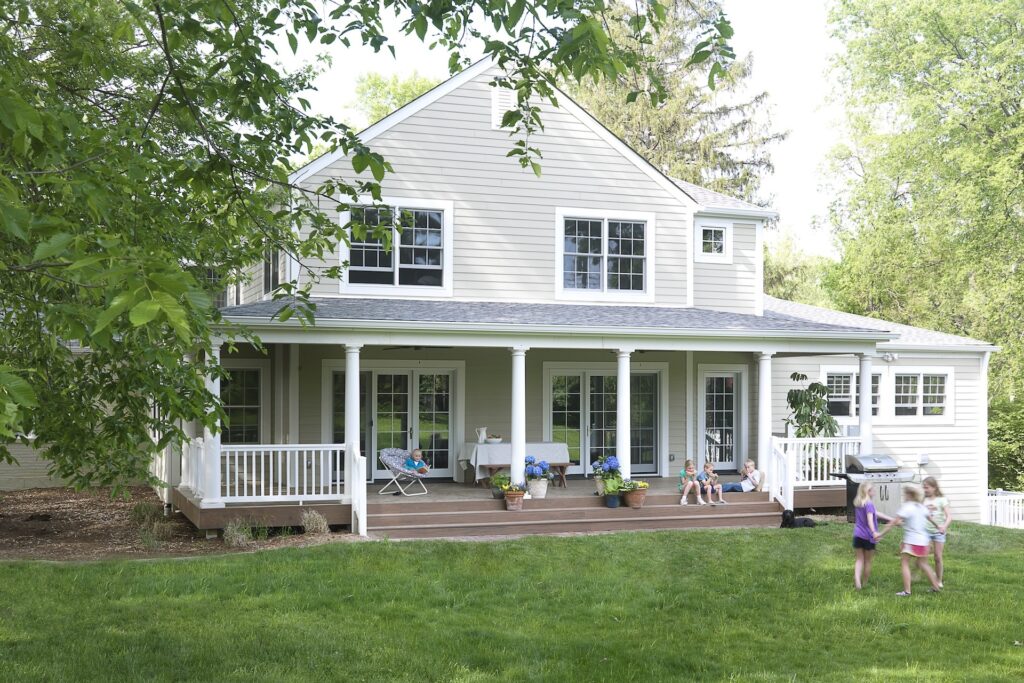What Makes St. Louis Architecture Unique

St. Louis stands apart as a city where architecture is more than a backdrop—it’s a built record of culture, innovation, and community. From the French settlers who first built along the Mississippi to internationally celebrated designers of the 20th century, each generation has left its mark. The result is an architectural identity that is both diverse and cohesive, striking a balance between historic charm and forward-looking design.
A Legacy of Historic and Modern Design
One of the most striking aspects of St. Louis architecture is its ability to bridge eras. Turn down a single street, and you might find 19th-century townhouses restored to their original splendor next to contemporary projects featuring clean lines and expansive glass. This blending of old and new gives the city its distinctive rhythm—not frozen in time, but constantly evolving while still honoring its roots.
Distinctive Features That Define the City
Several characteristics have shaped the city’s architectural identity over the centuries.
- French Colonial Roots: Early settlers built vertical log houses with wide galleries, introducing design forms that influenced residential construction long after. Though few remain, this heritage laid the groundwork for the city’s architectural distinctiveness.
- Brick by Brick: Locally produced bricks became the foundation of countless homes, schools, and civic buildings. Beyond its durability, the rich red tones lend warmth and cohesion to neighborhoods across the region.
- Victorian Flourish: Louis experienced a boom in the late 19th century, reflected in the ornate facades of Lafayette Square’s painted ladies and Soulard’s townhouses. These details of turrets, ironwork, and decorative trim showcase craftsmanship that continues to inspire preservation efforts.
As the city grew, new styles and celebrated architects added new layers to its identity.
- Art Deco Statements: Bold geometry and intricate detailing can be seen in landmarks such as the Continental Building and elements of Union Station, illustrating the city’s embrace of modern styles in the early 20th century.
- Prairie Style: Frank Lloyd Wright introduced his Prairie Style to St. Louis through several residential commissions, including the Kraus House in Ebsworth Park and other homes across the region. Characterized by long horizontal lines, open interiors, and harmony with the landscape, his work connected the city to one of the most influential movements in American architecture.
- The Gateway Arch: Completed in 1965, the stainless-steel Gateway Arch by Eero Saarinen became the defining symbol of St. Louis and a landmark recognized worldwide. Its soaring curve represents both a feat of modern engineering and the city’s role as the Gateway to the West.
Architecture and Neighborhood Identity
What makes St. Louis architecture especially compelling is how it shapes the character of each neighborhood. For example:
- Cherokee Street thrives with historic storefronts and a vibrant mix of restaurants, shops, and repurposed spaces.
- The Central West End features stately mansions and tree-lined streets that reflect the city’s early 20th-century prosperity.
- Downtown showcases adaptive reuse, where former warehouses and factories have been transformed into lofts and modern living spaces.
Each area contributes a unique chapter, yet together they form a cityscape that feels unmistakably St. Louis.
Why It Matters Today
Preserving craftsmanship, reimagining spaces, and incorporating new technologies allow architects to honor the past while creating for generations to come. This balance of tradition and progress is what makes St. Louis architecture not only unique but enduring.
Build on Tradition and Shape What’s Next
At Mitchell Wall Architecture & Design, every project is guided by the same principles that make St. Louis architecture remarkable: respect for history, attention to detail, and a commitment to innovation. Whether restoring a historic property or envisioning something entirely new, thoughtful design can transform how you live and experience your space.
Let’s create architecture that stands the test of time. Contact us today to begin your next project!
